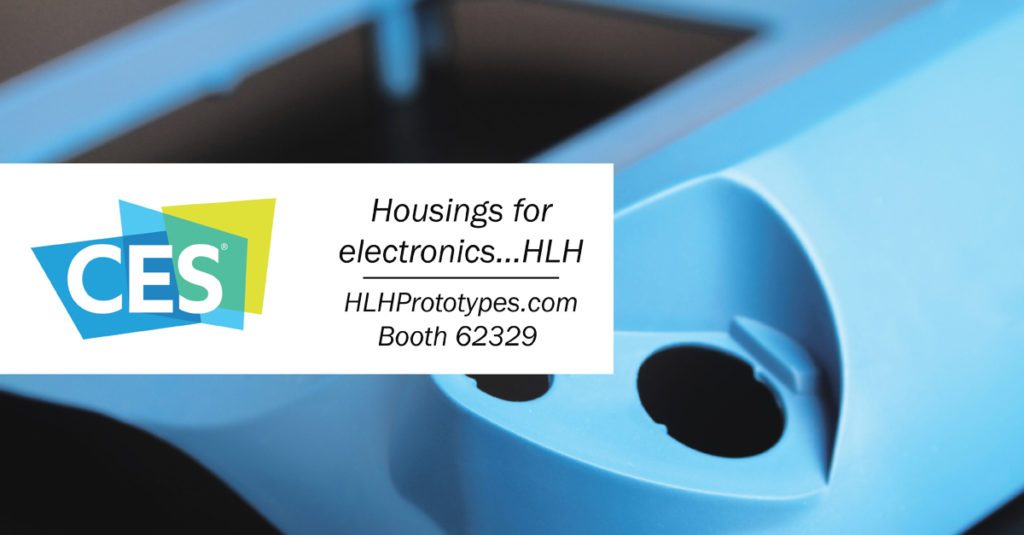Low-volume rapid manufacturing – #CES2019

High-volume manufacturing gives you the best price so it is the best strategy for production runs, right? It is absolutely true that you will always get a better per unit price with a high-volume production run. It is also absolutely true that the upfront setup costs for high-volume production runs are steep. On the other end of the scale, low-volume production runs, as a first step, can offer a more sustainable path for smaller product developers and startups.
When you are a small business looking to establish yourself capital is everything. Capital gives you choice. Capital gives you power. Capital gives you independence. If you are new no bank is going to give you a loan based on your patent and no bank is giving you a loan to make a manufacturing run based on a purchase order. The capital needed to bring your design to life will be coming from you or from investors which means you want to conserve it as much as possible and treat it like gold because it is your lifeline.
Smaller production runs cost more on a per unit basis, but often not as much as you may think. If you can still be profitable with a low-volume production run strategy then it is something to strongly consider as a first step. Here are a points on how using a low-volume production first strategy can help protect your capital.
1. Using low-volume manufacturing services such as 3D Printing and CNC Machining is a great way to protect valuable capital as there is no tooling required with these options and zero or almost zero set up costs with these options. A good option to consider if they line up well with your design. Particularly in the early stages when you are not yet set on your final design that you know for sure the market will accept. CNC and 3D are great options for trade shows and early market testing when timing is tight.
2. Using rapid injection molding tooling (low-volume tooling) will give you parts that are exactly the same as a high-volume injection molded parts but the upfront capital costs required are typically anywhere from 25% to 50% of your high-volume mold, saving you valuable capital. Plus your timeline is sped up considerable as the molds that might take 8 weeks for high-volume production can take as little as one week for low-volume production.
3. Low-volume production runs get you product that you can sell faster and the faster you can start selling the faster you can start replacing capital dollars with revenue dollars. Speed to revenue is a good way to look at product development. Product development is expensive, on any level, you want to get to revenue as fast as possible.
4. Your design, as is, may not be perfect for the market…yet. Better to know this early on with feedback from the market based on your investment in a low-volume production run. If you find out that the market does not accept your product after you have invested all your capital into high-volume production setup, then holy [insert expletive here].
Low-volume tooling is a much safer option for bringing unproven designs to the market as it offers a lot of flexibility and preserves capital.
Gary Moran
